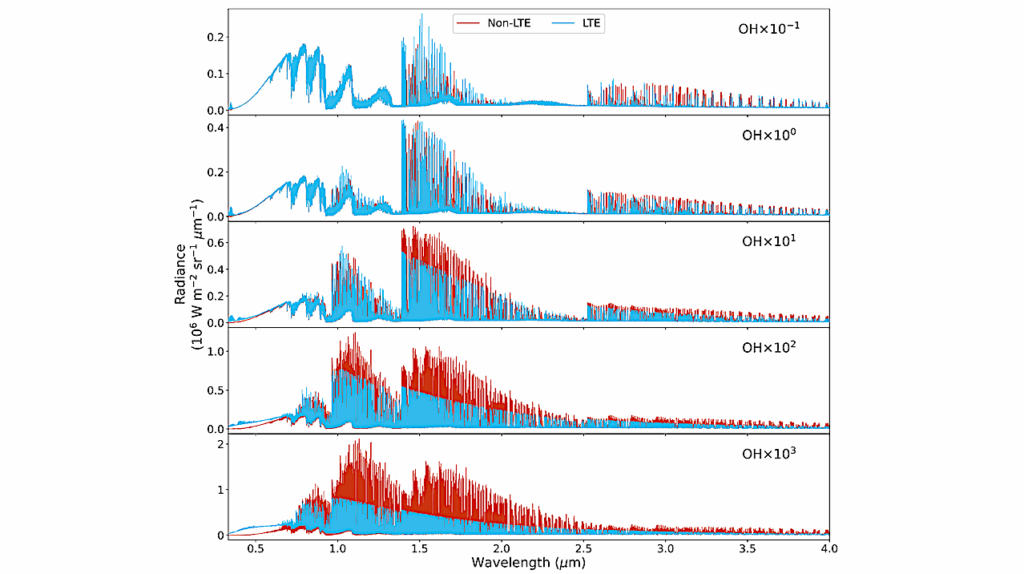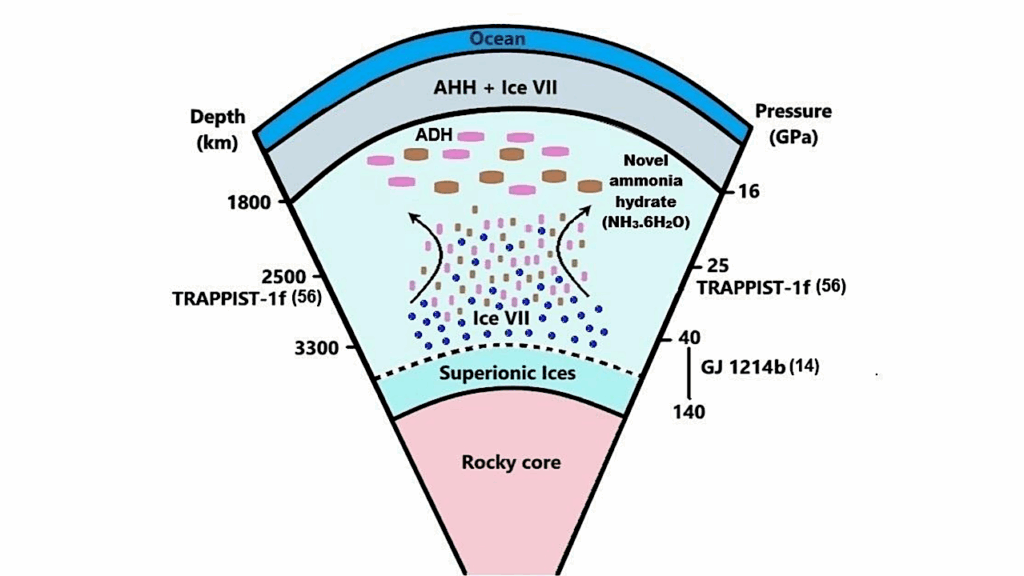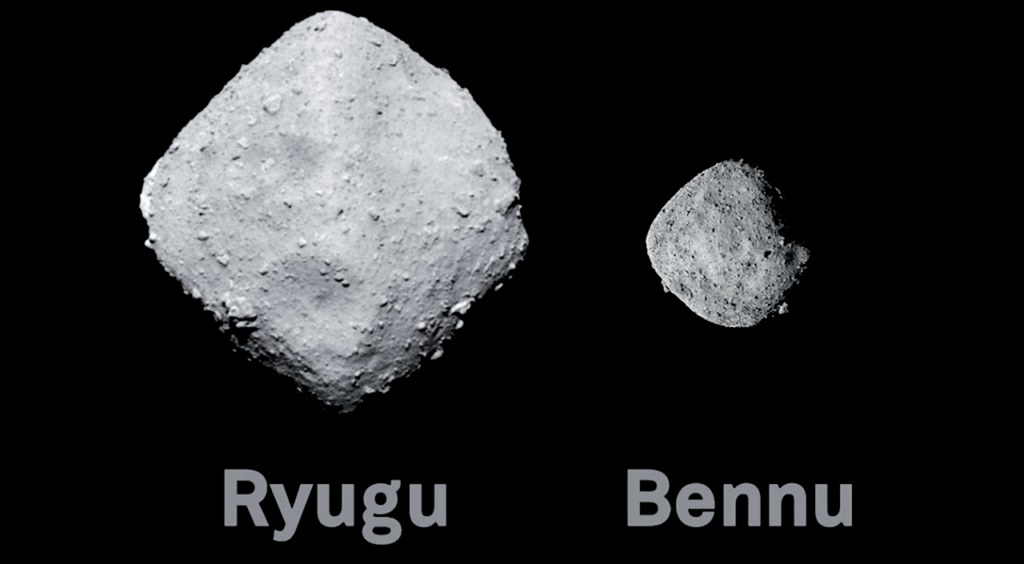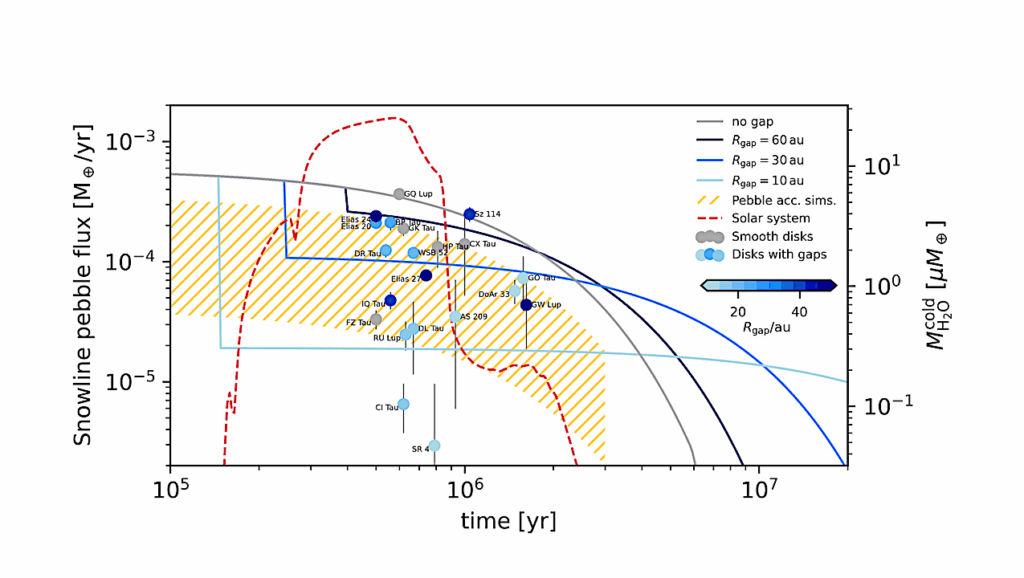The Pale Blue Dot: Using the Planetary Spectrum Generator to Simulate Signals from Hyperrealistic Exo-Earths
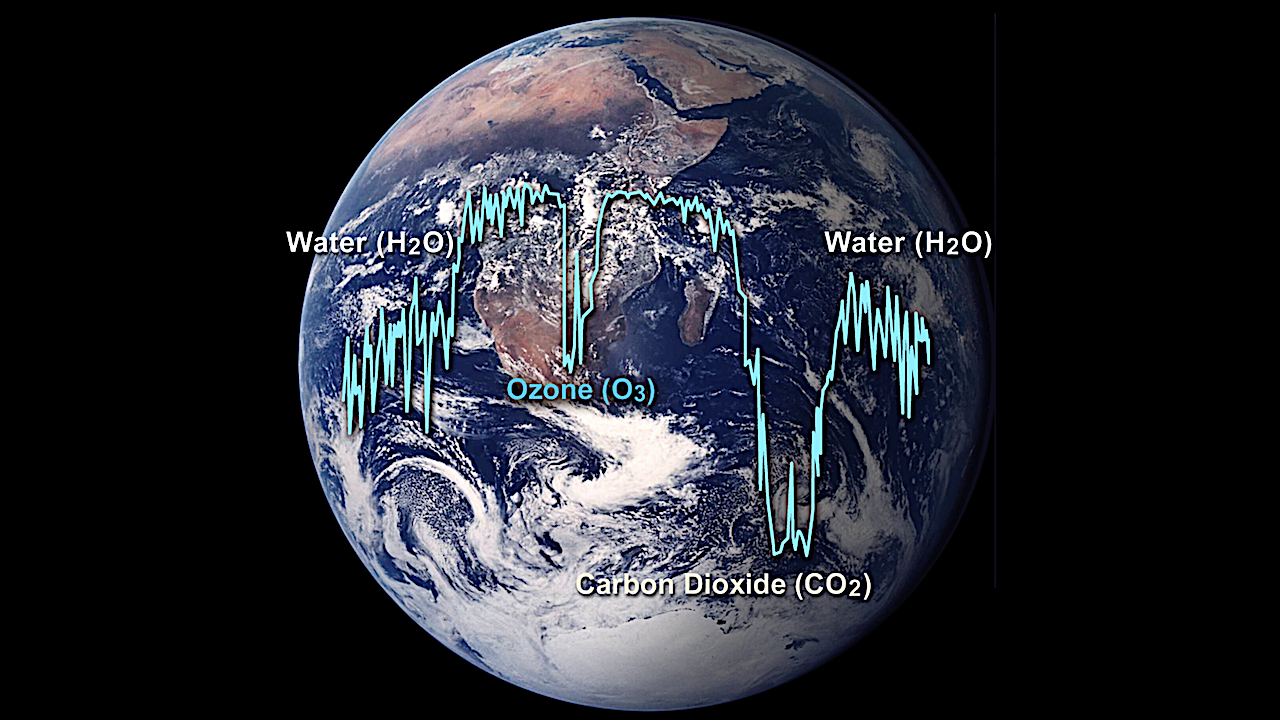
Simulating realistic observations of exoplanet atmospheres requires consideration of several physical, astronomical, and technological aspects.
The composition and physical structure of an atmosphere has to be modeled using three dimensional global circulations models (3D GCMs).
Subsequently, the interactions of the atmosphere with stellar light have to be calculated. These include molecular absorption/emission; scattering by clouds, hazes and molecules; refraction; and surface interactions.
Finally, the photon fluxes from the planet have to be quantified against the stellar and background fluxes and compared to noise sources to obtain an estimate of the detectability of the spectral features in the exoplanets’ atmosphere using different telescopes and as a function of the observational time.
Here, we present our recent efforts to model observations of the current Earth as seen from far away using a future space-based telescope in the ultraviolet to near-infrared. To simulate these the following are considered:
1) A high-resolution 3D atmospheric and surface model of the Earth, comprising the Modern-Era Retrospective analysis for Research and Applications (MERRA-2) and Moderate Resolution Imaging Spectroradiometer (MODIS) databases. Both liquid and ice clouds are included.
2) The Global Emission Spectrum (GlobES) module of the Planetary Spectrum Generator (PSG) to simulate reflected light spectra at different phase angles.
3) The geometry, instrument, and noise model of PSG, simulating the LUVOIR A/B, HabEx, and Origins Space Telescope, as well as a Habitable Worlds Observatory as concepted by the Astrophysics decadal survey. Different coronagraph instruments performances and bandpass widths are taken into consideration.
The noise simulations enable to constrain the exposure times required by the different telescope/instrument concepts the confidently detect spectroscopic features taking into account planetary features such as clouds and surface coverage.
Planetary Spectrum Generator, NASA
The Planetary Spectrum Generator (PSG) is a radiative transfer model suite for synthesizing and retrieving planetary spectra (atmospheres and surfaces) for a broad range of wavelengths (50 nm to 100 mm, UV/Vis/near-IR/IR/far-IR/radio) from any observatory (e.g., JWST, ALMA, Keck, SOFIA), any orbiter (e.g., MRO, ExoMars), or any lander. PSG also permits to synthesize/retrieve mass-spectrometry data of orbiters, landers and laboratory instrumentation. This is achieved by combining several state-of-the-art radiative transfer models, spectroscopic databases and planetary databases (i.e., climatological and orbital). The tool first became online in 2015, with a first paper reporting the suite capabilities reported in (Villanueva et al., 2018).
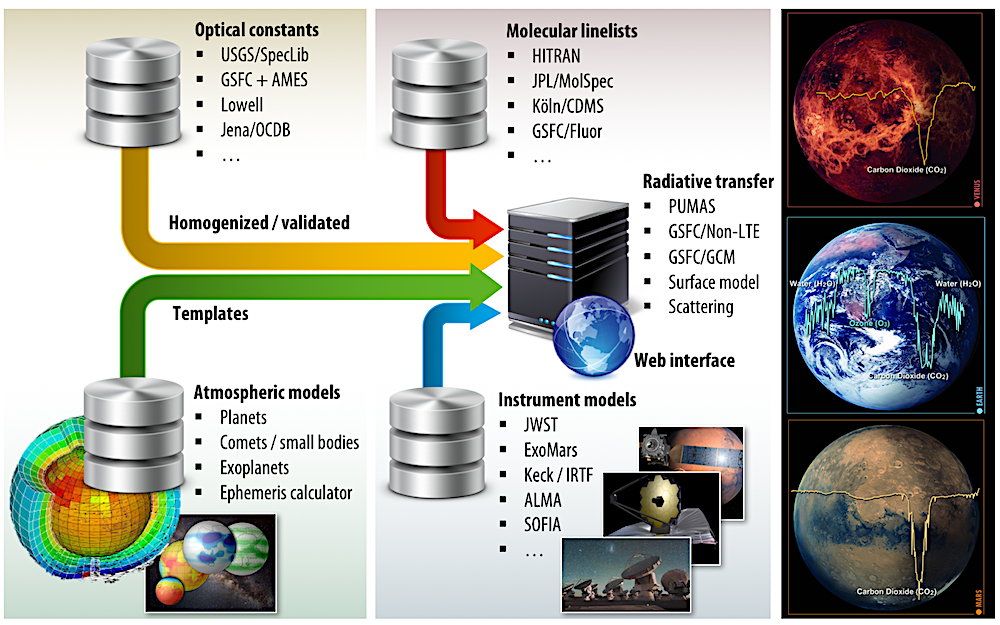
Publication: American Astronomical Society, AAS Meeting #243, id. 249.02. Bulletin of the American Astronomical Society, Vol. 56, No. 2 e-id 2024n2i249p02, Kofman, Vincent ; Villanueva, Geronimo ; Fauchez, Thomas ; Mandell, Avi ; Payne, Allison https://doi.org/10.3847/PSJ/ad6448
Astrobiology


